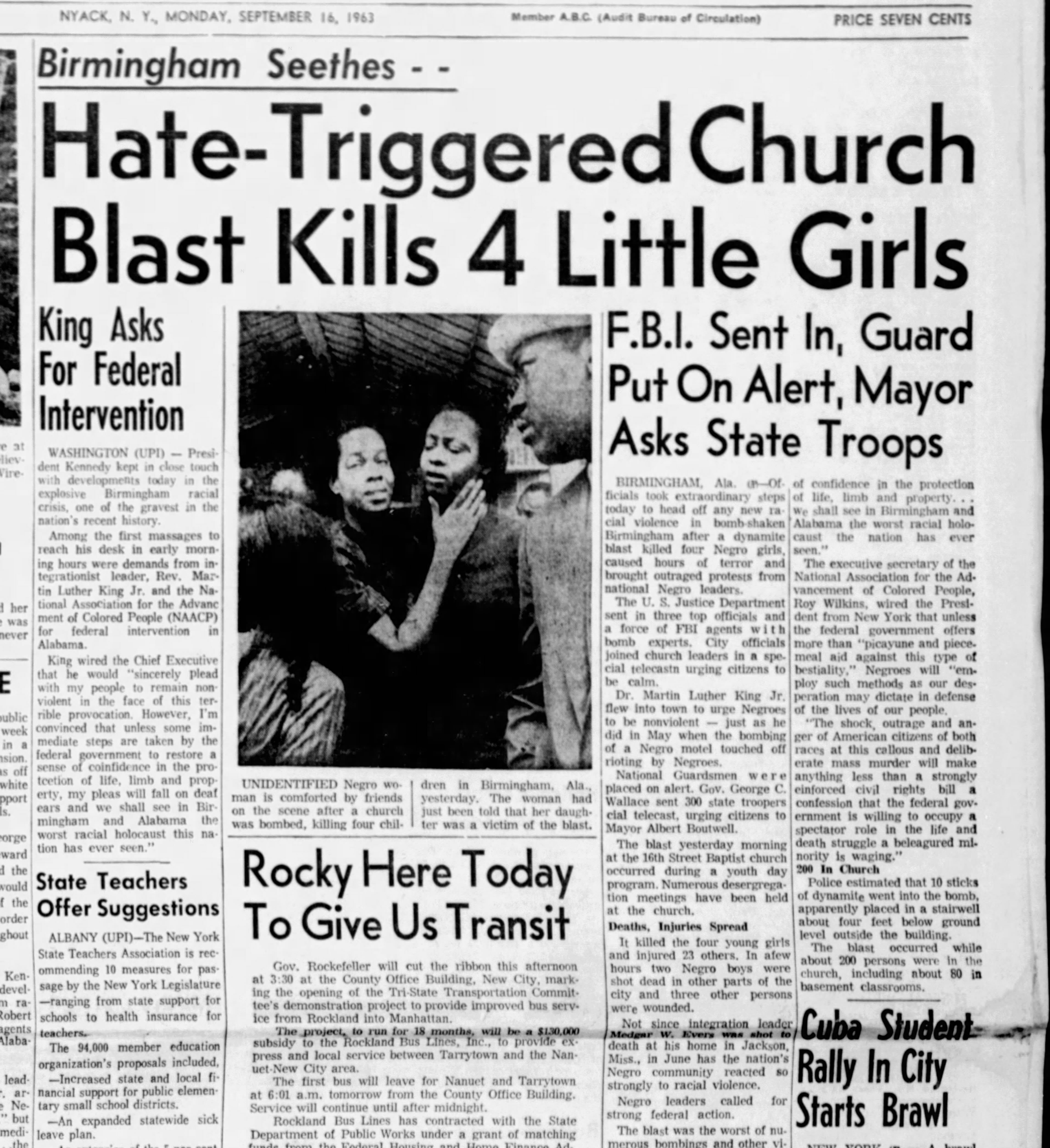An Unbiased View of News Articles
An Unbiased View of News Articles
Blog Article
The Only Guide for News Articles
Table of ContentsAn Unbiased View of News ArticlesNews Articles for DummiesNews Articles Things To Know Before You Get ThisThe 8-Minute Rule for News ArticlesFascination About News Articles
Great knowledge of various subjects offers students an one-upmanship over their peers. Although electronic and social media are conveniently easily accessible, we ought to not neglect exactly how vital it is to check out the papers. Parents have to try and instill the habit of checking out a paper as a daily regimen to proceed the tradition of the adored print medium.News tales additionally contain at least one of the adhering to vital attributes loved one to the designated audience: distance, prominence, timeliness, human passion, strangeness, or effect.
Within these restrictions, information stories also intend to be thorough. Amongst the bigger and much more reputable newspapers, fairness and equilibrium is a major element in presenting details.
Newspapers with an international target market, for example, often tend to utilize a more official style of composing. News Articles.; common design guides consist of the and the US Information Style Publication.
News Articles Things To Know Before You Buy
As a regulation, reporters will certainly not make use of a lengthy word when a brief one will certainly do. Information authors attempt to prevent utilizing the exact same word a lot more than when in a paragraph (often called an "resemble" or "word mirror").
Headings in some cases omit the subject (e.g., "Leaps From Watercraft, Catches in Wheel") or verb (e.g., "Cat lady lucky"). A subhead (also subhed, sub-headline, subheading, subtitle, deck or dek) can be either a subservient title under the major heading, or the heading of a subsection of the post. It is a heading that comes before the major message, or a team of paragraphs of the primary message.

of a write-up subject, source, or interviewee), it is described as a pulled quote or draw quote. Extra billboards of any of these types may appear later on in the write-up (especially on succeeding pages) to entice additional reading. Journalistic websites occasionally make use of computer animation methods to swap one signboard for another (e.g.
Examine This Report about News Articles
Such signboards are additionally used as guidelines to the short article in other sections of the magazine or site, or as promotions for the piece in various other magazine or websites. Press release of the Swiss government. Typical structure with title, lead paragraph (recap in strong), other paragraphs (details) and get in touch with information.

Instance of a hard-lead paragraph NASA is proposing another area job. The agency's spending plan demand, revealed today, included a plan to send one more mission to the Moon. This time the agency wants to establish a long-lasting facility as a Get the facts jumping-off place for other room experiences. The budget demands roughly $10 billion for the job.
The NASA statement came as the company asked for $10 billion of appropriations for the project. An "off-lead" is the 2nd essential front page news of the day. The off-lead shows up either in the top left corner, or straight listed below the lead on the. To "bury the lead" is to start the post with history details or information of secondary value to the viewers, forcing them to learn more deeply into a write-up than they need to have to in order to find the important points.
More About News Articles
Typical usage is that one or more sentences each create their own paragraph. Journalists generally describe visit the company or structure of an information story as an upside down pyramid. The essential and most intriguing components of a story are placed at the beginning, with sustaining details complying with in order of lessening relevance.
It enables people to check out a subject to just the depth that their interest takes them, and without the charge of information or nuances that they could consider irrelevant, but still making that details available to a lot more interested viewers. The inverted pyramid structure likewise enables posts to be cut to any type of approximate length throughout design, to fit in the room offered.
Some writers begin their tales with the "1-2-3 lead", yet there are several kinds of lead readily available. A kicker can refer to numerous things: The last story in the information program; a "delighted" tale to finish the show.
Longer write-ups, such as magazine cover posts and the pieces that lead the within areas of a newspaper, are known as. Feature tales differ from straight news in several ways.
Not known Facts About News Articles
The journalist often information communications with interview subjects, making the item much more individual. An attribute's first paragraphs commonly connect a fascinating moment or occasion, as in an "anecdotal lead". From the details of a person or episode, its sight rapidly widens to generalizations concerning the story's subject. The area that signals what a feature has to do with is called the or billboard.

The Editor's Tool kit: A Referral Overview for Beginners and Professionals (2001) Allan M. Siegal and William G. Connolly. The New York City Times Handbook of Design and Usage: The Official Design Overview Used by the Writers and their website Editors of the Globe's The majority of Authoritative Paper (2002) M. L. Stein, Susan Paterno, and R.
Report this page